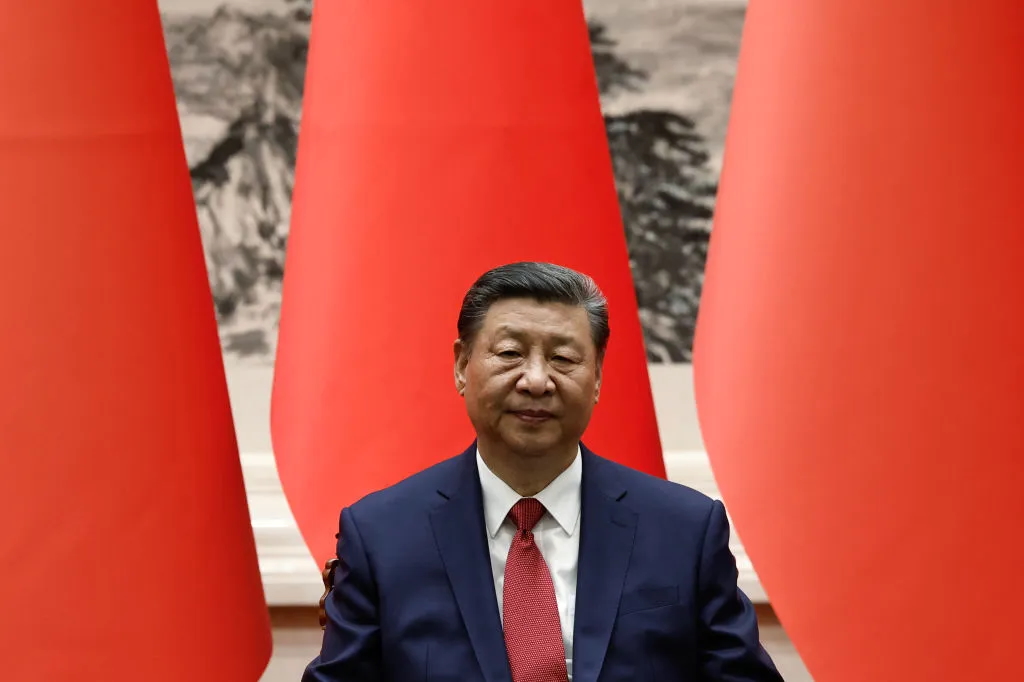A decade is an eternity in politics, but some things don’t change. In 2010, the smart people were either thrilled or alarmed by the prospect of an ‘emerging Democratic majority’, created by high immigration, de-industrialization and college education. Ten years on, influential magazines are still warning Republicans to play nice with a newly diverse electorate or go the way of the Whigs. Meanwhile, the candidates for the Democratic presidential nomination are all promising to ‘revive the Obama coalition’ as if the popular revolt of 2016 never happened.
The Obama presidency, with its low-growth recovery and healthcare fiasco, marked the overreach and collapse of big-state liberalism. That collapse doesn’t mean that the Democrats are incapable of forming a multiracial coalition or that voters no longer look to the state for protection. But the terms of coalition have changed. Pressed by their radically woke youth wing, the Democrats have exchanged the inclusivity that Obama strove to represent for the racialized rancor of identity politics. The less popular that rancor is with most Americans, the more these energetic Democrats feel they must be right. It’s not a formula for electoral success.
Given the Democrats’ flaws, the Republicans fancy their man’s chances in November. Donald Trump is an honest rogue who knows the price of a quid and the value of a pro quo. As even Nancy Pelosi knows deep down, he may well benefit from the impeachment theatricals.
The polls suggest that Trump will face either Joe Biden, who at 77 seems to be losing his mental faculties; or Elizabeth Warren, who pretends to be Cherokee; or Bernie Sanders, a 78-year-old millionaire who honeymooned in the Soviet Union. We live in unusual times.
Conservatives might be expected to be in better shape after a decade of economic growth, falling unemployment, dozens of judicial appointments and the Republican recovery of the White House and the Senate. When Ruth Bader Ginsburg sneezed in late November, Democrats shivered at the prospect of the Supreme Court tilting further rightward. But conservatives are also at war with themselves.
In the two decades between the end of the Cold War and the crash of 2008, conservatives were as assiduous as liberals in neglecting Edmund Burke’s advice: ‘Liberty in all things, tempered by prudence and tradition.’ Economic liberty was so rewarding on paper that the socially destructive effects of the Great Outsourcing went untempered. Those effects were compounded by another, more traditional outsourcing, one which Tocqueville warned about: the outsourcing of morality from the state to the individual. Our new world of non-judgmental lifestyle experiments is invariably kinder to the wealthy, who can experiment more with something like divorce, say, because they have a private safety net. But this world is also contemptuous of the less wealthy and the traditionally religious — the sort of people who have families, make things and fight for their country.
The latest conservative crack-up is not dissimilar to what is happening on the American left. The decayed institutional consensus known as ‘Conservatism Inc’ has also broken down into generational hostilities and racialized politics. In the last weeks of the old decade, the strange and extremely online phenomenon of the ‘groypers’ broke into the real world, or at least into the bubble worlds of the campus and social media, as young dissidents interrupted Republican or soi-disant conservative speakers by asking obnoxious questions about Israel, ‘demographics’ and anal sex.
This way madness lies. The groypers are second-generation alt-righters, disappointed that Trump was not the nationalist president of their dreams and the New York Times’s nightmares. They flirt with crude anti-Semitism, revile their elders, abuse women on the internet — and then plead irony when challenged.
But the groypers represent more than a challenge to propriety and the coarsening of debate by social media. They also express widespread anger at the hollowing of the middle-class economy and the institutional stagnation of American conservatism. They speak for and to a younger generation of Americans who aren’t woke and have no hope. It would be wrong to accept their celebration of malice. It would be an error to wish away their more serious concerns.
As the Trump presidency enters its fourth year, its achievements remain more destructive than creative: the undoing of compulsory Obamacare, the partial extrication from foreign entanglements, the exposure of a bad-faith media. The creative work of protecting the American people from economic pressure at home and strategic competition abroad remains to be done. The coming decade will test whether American conservatism, which bloomed amid postwar affluence, still has the resources to speak to all Americans, or whether, like big-state liberalism, it will collapse into an identity-obsessed spoils system.
This year’s election will reflect the state of the nation’s conscience and the struggle between doctrines of justice and fairness. It would be prudent of Trump and the Republicans to recognize that the election is more than just a measure of how much people love or hate the Commander in Chief. The American tradition of fair opportunity has been breached in our Gilded Age more than honored. It would be advisable for Trump and the Republicans to restore that tradition. The alternative is the diminution of liberty.
Conservatives claim to conserve the best of the past. In the 2020s, that past will include healthcare, education, economic opportunity and the preservation of a cultural consensus. But if conservatives fail to offer good new ideas on these issues the left will offer old bad ones and win.
This article was originally published in The Spectator’s January 2020 US edition. Subscribe here.

























